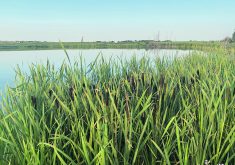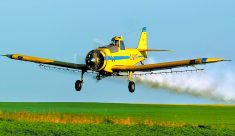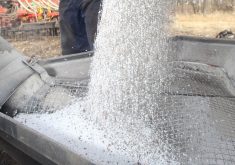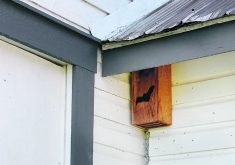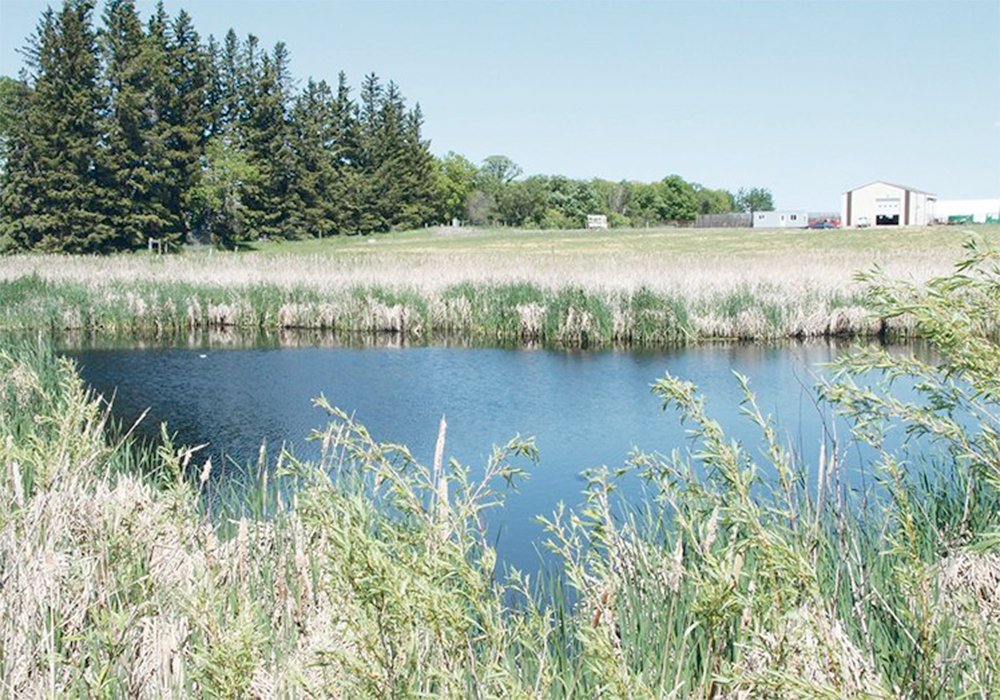Health Canada will rely upon water monitoring data, not computer models, when it makes its final decision on the environmental safety of neonics.
Frederic Bissonnette, a Health Canada spokesperson, said scientists with the Pest Management Regulatory Agency have a huge amount of data on the concentrations of neonicotinoid insecticides in wetlands, creeks and water bodies across Canada.
That data may determine if neonics are a threat to aquatic insects, or not.
“We have very good data from pretty much all the … regions of Canada. The scientists have told me it’s very robust water monitoring information,” Bissonnette said Dec. 1 during a presentation at Canola Week, a virtual conference hosted by the Canola Council of Canada.
Read Also

Canola oil transloading facility opens
DP World just opened its new canola oil transload facility at the Port of Vancouver. It can ship one million tonnes of the commodity per year.
“The decision, whatever it is, will be highly reflective of what is really out there, not just conservative (computer) models.”
Why does Health Canada care about neonicotinoid insecticides in creeks and ponds?
Health Canada has been studying the safety of the insecticides and the potential impact on aquatic insects for about four years.
Neonicotinoid insecticides are used on tens of millions of acres of cropland in Canada. The three main products are imidacloprid and clothianidin, made by Bayer, and thiamethoxam, a Syngenta product. The neonics, as they are commonly known, are applied to almost every corn and canola seed in Canada and a portion of soybean seeds. They are also sprayed on fruit, vegetables and berry crops.
In 2016, Health Canada proposed to phase out all agricultural uses of imidacloprid because the insecticides were accumulating in ponds, creeks and other water bodies near agricultural land. In 2018 the department made the same phase-out recommendation for thiamethoxam and clothianidin. If neonics are harming aquatic insects such as midges and mayflies, it could pose a threat to birds and other animals that rely on the insects for food.
“Therefore, Health Canada proposed to phase out all the agricultural and a majority of other outdoor uses of imidacloprid, as well as all outdoor uses of clothianidin and thiamethoxam to protect the environment,” the department website says.
The phase-out period, which was pegged at three to five years, was not popular with farmers, especially canola growers in Western Canada, who rely upon neonic seed treatments to control flea beetles.
Farmers and industry groups said the Health Canada decision was flawed because it was based on computer models of pesticide concentrations in water, not actual amounts of neonics in water.
Bissonnette said the models are “conservative,” meaning they tend to over-estimate the risk.
Water monitoring shows low concentrations
The Canadian Canola Growers Association, along with Alberta Agriculture, conducted studies to assess the actual amount of neonics in water bodies.
Both groups found tiny concentrations of neonics at levels below the threshold of risk to aquatic insects.
Agriculture Canada also formed a water monitoring working group to gather and manage water surveys across the country.
That has generated a “huge amount of information,” Bissonnette said,
As well, university and government scientists continue to publish papers on the environmental impact of neonics, creating more information to review, he said.
The immense amount of data has delayed Health Canada’s final decision on neonics and their risk to aquatic insects.
It is now expected in four to six months, Bissonnette said.
“We do hope, at the latest, a decision will be reached and published by spring 2021.”
Contact robert.arnason@producer.com






